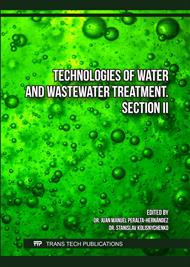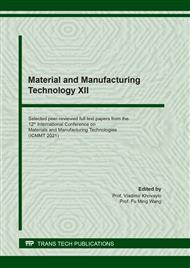p.85
p.95
p.103
p.109
p.117
p.125
p.137
p.143
p.151
Effect of Using Flue-Gas Desulfurization Gypsum and Water Treatment Sludge on Compressive Strength of Cement Mortar
Abstract:
Ordinary Portland cement (OPC) is a material that is widely used in construction. The production of OPC creates large amounts of carbon dioxide. Mortar is one of the building materials that uses cement as the main ingredient, including the use of natural sand as a fine aggregate. Therefore, to reduce the use of cement and natural materials, flue-gas desulfurization (FGD) gypsum was used instead of OPC, and water treatment sludge (WTS) was used instead of fine sand to create cement mortar. This research used both materials as ingredients in the production of cement mortar and helped to reduce waste in the environment. The objective is to study the suitable ratios of FGD gypsum and WTS in the production of cement mortar. As for the binder, FGD gypsum was used instead of OPC at 0%, 10%, 20%, 30%, and 40%. Instead of fine sand, WTS was used at 0%, 5%, 10%, and 15%. The cement mortar was tested after 7 days for compressive strength. It was found that the cement mortar made with increased ratios of FGD gypsum and WTS decreased in compressive strength.
Info:
Periodical:
Pages:
143-149
Citation:
Online since:
August 2021
Authors:
Price:
Сopyright:
© 2021 Trans Tech Publications Ltd. All Rights Reserved
Share:
Citation:



